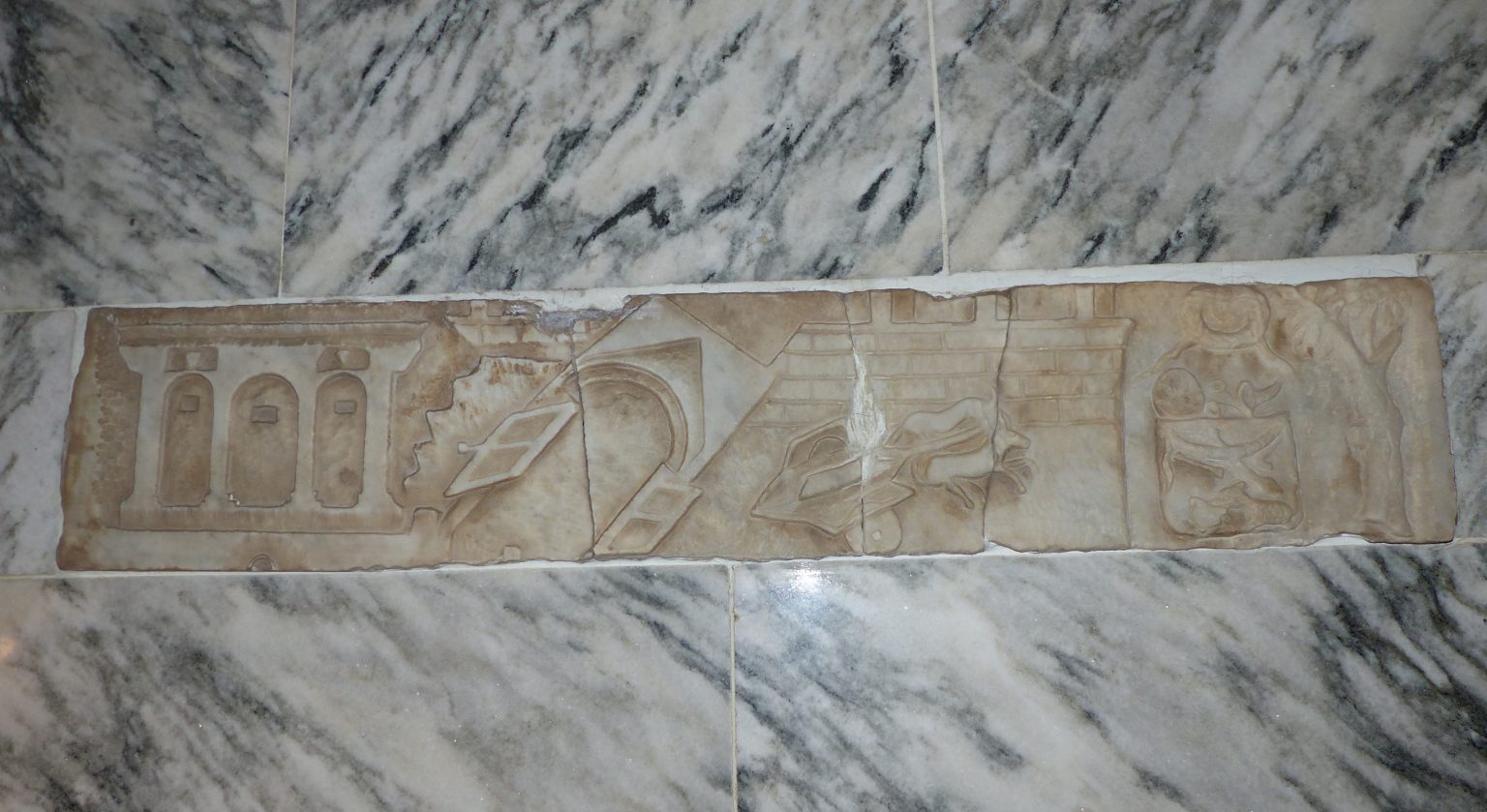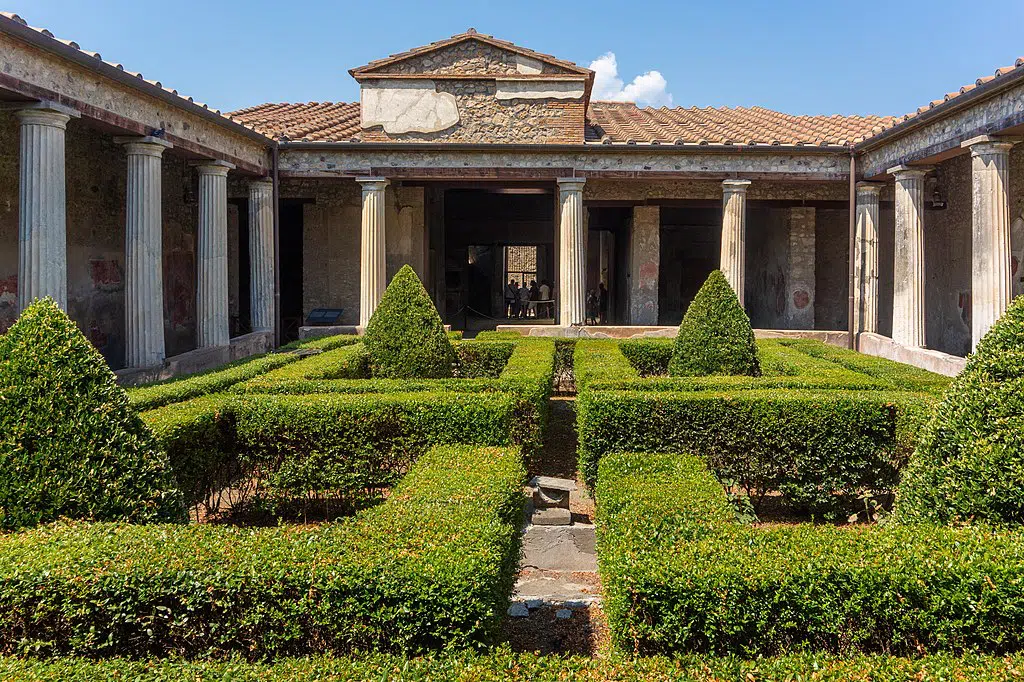
A treasure stolen from the ruins of ancient Pompeii, Italy has been discovered in a family home in the quiet village of Herzele, East Flanders in Belgium.
For the past fifty years, the ancient marble artifact has been installed in a wall lining the staircase leading down to the basement. The long-lost marble treasure depicts the 62 AD earthquake that destroyed Pompeii.
Identification of the treasure of Pompeii in Belgium
Curiosity over the marble’s value led the family to seek expert advice as they prepared to sell their home. The professionals at the local Gallo-Roman Museum were astounded to discover its authenticity, realizing it was a missing piece of Pompeiian heritage.
The head of exhibitions at the museum, Bart Demarsin, confirmed that the relief matched another piece depicting the same earthquake. Both artifacts were once part of a house in Pompeii that belonged to a banker who lived over two millennia ago.
The journey of the marble artifact back to Pompeii
Following the artifact’s identification, local police launched an investigation into how this stolen treasure ended up in a Belgian home. Meanwhile, the family expressed hope for potential compensation, citing the artifact’s long-term preservation.
The marble will be subjected to additional testing to ensure its complete authenticity. Once confirmed, it will be reunited with its counterpart in Pompeii’s Antiquarium, reclaiming a piece of cultural heritage.
Pompeii, a brief history
Pompeii, an ancient Roman town-city near modern Naples in Italy, was originally a small Oscan settlement dating back to the 6th or 7th century BC, with influences from earlier Greek colonists.
After the battle of Cumae, in which the ancient Greek states of today’s Italy defeated the Etruscans, Pompeii came under Greek dominance. It was conquered by the Romans in the first century BC and flourished as a bustling commercial center.
The city was lavishly decorated with public and private buildings that reflected its wealth and sophistication. The amphitheater, forum, temples, theaters, baths, and luxurious residences were all decorated with murals and mosaics. However, Pompeii’s history is dominated by Mount Vesuvius’ catastrophic eruption in 79 AD, which buried the city under a thick layer of volcanic ash and pumice, killing approximately two thousand people.

Despite the eruption, its extensive and well-preserved ruins, rediscovered in 1748, have since provided invaluable insights into Roman life, architecture, and culture. Pompeii is now a significant archaeological site and tourist attraction, providing a unique snapshot of Roman urban life, enriched by Greek and Oscan heritage, frozen in time.
The accident
A marble relic from around 62 A.D. found its way into the hands of a Belgian family fifty years ago, unknowingly holding a piece of history. This marble relief sculpture was installed unintentionally as a decorative piece in a family home, adorning a wall along the staircase to the basement.
Geert de Temmerman, the homeowner’s son, recalls the origins of this one-of-a-kind piece. During a family vacation in Italy, his father purchased the artwork from an anonymous seller near Pompeii. They had no idea the piece they brought back was more than just a souvenir; it was a piece of history.
An ornament of the past

The marble relief, which dates to the year of a major earthquake in Pompeii, depicts the catastrophic event with vivid imagery, including the ancient city’s toppling gates. This was more than just a work of art. It was a historical record etched in stone.
See all the latest news from Greece and the world at Greekreporter.com. Contact our newsroom to report an update or send your story, photos and videos. Follow GR on Google News and subscribe here to our daily email!



